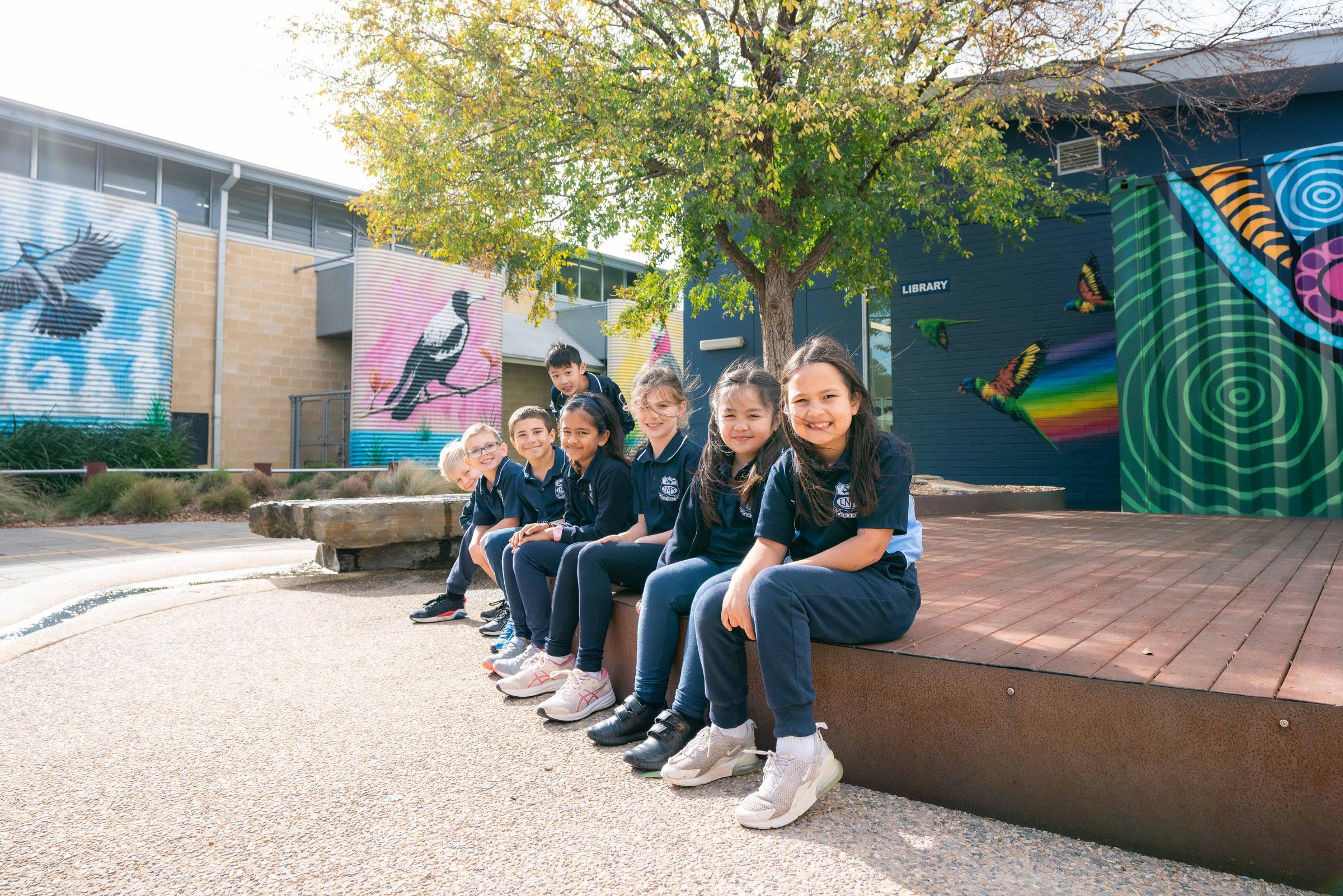Keeping your children safe - Parent and caregivers – key players in children learning how to travel safely
As we all interact with the road network every day, we all need to learn and be reminded about road safety. We cannot afford to take it for granted. Most children and young people make decisions that keep them safe in and around traffic. However, everyday children and young people may find themselves in hazardous traffic situations. It is the responsibility of all to ensure children are safe on the roads.
Here are a few things you can do to help keep your children and others safer during drop-off and pick-up times during the school week:
- Stick to the 25km/h speed limit in a school zone and look out for children who may be about.
- Always park and turn legally around schools.
- Manoeuvres such as U-turns and three-point turns are dangerous during busy school drop-off and pick-up times. Especially on Brian St!
- Drop your children off and pick them up on the school side of the road at the designated drop-off and pick-up area.
- Never call out to them from across the road – they may run to you without checking for traffic.
- It’s safest for children to get out of the car through the Safety Door, away from passing traffic. This is the rear footpath side door of the car.
- Never drive on the wrong side of the road trying to bypass stopped cars, as the children crossing the road at the designated crossing are not visible.
Walking together safely to and from school
Walking to school and back home again is a great way to spend time with your children and encourage safe and healthy behaviours. Here are a few things you can do to help keep your children safer as a pedestrian:
- Talk with your children about being alert in the road environment.
- Plan and practice your trip to school so you use pedestrian crossings where possible.
- Always hold your child’s hand. Children need your help to spot dangers such as vehicles coming out of driveways. They can also be easily distracted and wander into traffic.
- Meet your child near the school gate and don’t call them from across the road.
- Explain why the place you have chosen is the safest place to cross.
- Remind your child to STOP! LOOK! LISTEN! THINK! every time they cross the road and keep checking until safely across.
Young children can learn and practice these safe pedestrian behaviours with you. This will help them to be safer pedestrians when they are old enough to travel alone.
Hold Your Child’s Hand
As pedestrians, children can be easily distracted and are often too small to be seen by drivers. They may be unable to predict or identify dangers and tend to act impulsively. Talk with your child about safe behaviour on the footpath – it’s not a safe place to play as it is near the road and vehicles may be entering or exiting driveways. Until your child is at least eight years old, hold their hand:
on the footpath, in the car park, when crossing the road.
Your guide to driving and parking safely near LNPS
The beginning and end of the school day are busy times for pedestrians and vehicles outside the school. That’s why you need to take extra care when driving on the streets surrounding LNPS. Here are some mindful tips to ensure we all take responsibility for the safety of our students:
- Park safely and legally, even if it means walking further to the school gate. Council parking signs are planned with children’s safety in mind
- Be aware of council "no standing" signs on Brian St as stopping here for drop off and then undertaking a U-turn into driveways may cause issues for students walking to school, ongoing traffic and our neighbours.
- Slow down to 25km/h
- Be aware of crossings (Malurus and Grallina Streets)
- Never park in in the Kiss and Drop zones (Malurus and Grallina Streets)
- At a pedestrian crossing, observe the pedestrians and do not attempt to overtake traffic as this put all pedestrians in danger, in particular small children
- Model safe and considerate behaviour for your child – they will learn from you.
If we practice the safe behaviours mentioned and are mindful of our school community, we will help keep all children as safe as possible during the busiest times of the school day.
